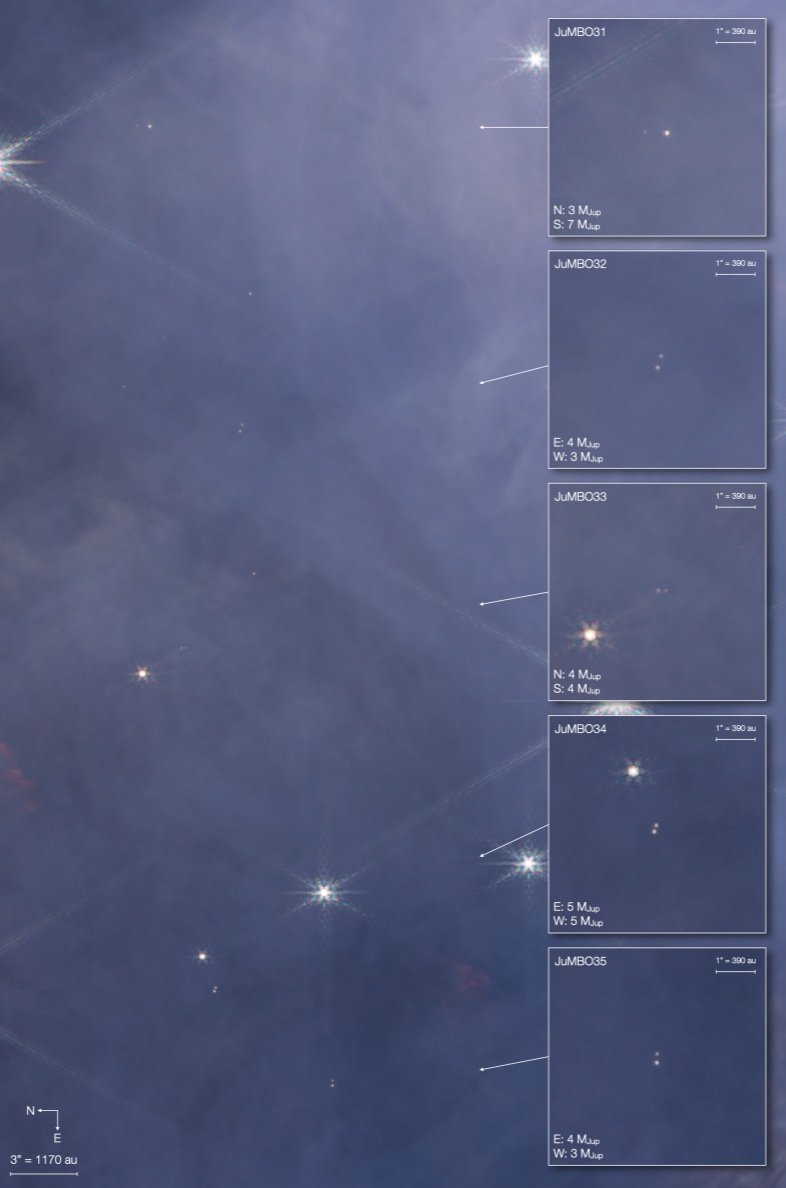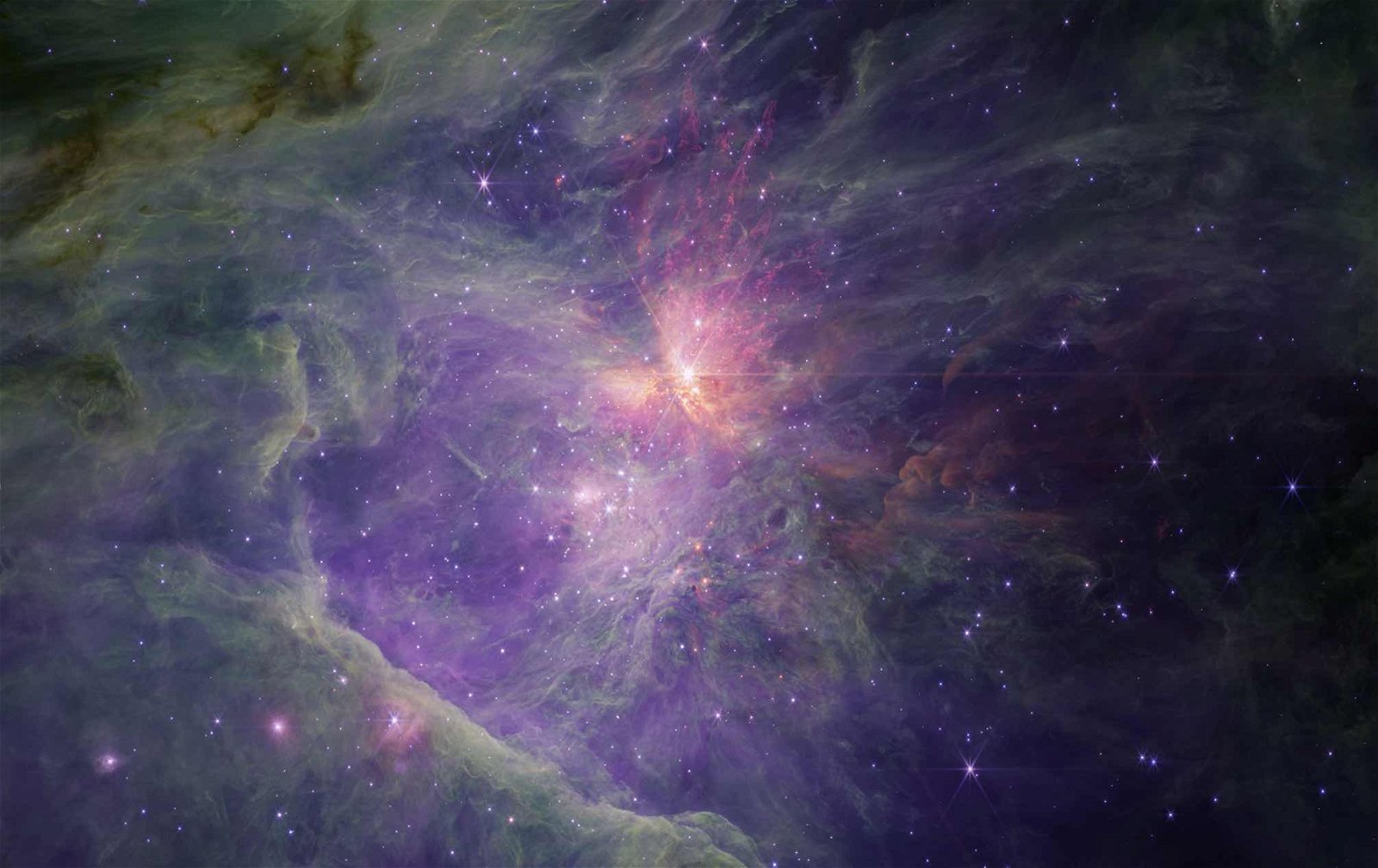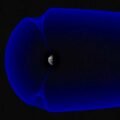New images of the Orion Nebula captured by the James Webb Space Telescope have revealed the existence of 150 free-floating objects once considered a scientific impossibility.
South of Orion’s belt is one of the brightest nebulae visible in the night sky, the Orion Nebula, also known as Messier 42, which is home to the Trapezium Cluster of stars. This cluster produces extremely strong ultraviolet radiation fields that cause the surrounding gas to glow, which is the source of the nebulae’s brightness.
Within the cluster is a veritable nursery for the formation of protostars, which the European Space Agency (ESA) recently called “a treasure trove for astronomers studying the formation and early evolution of stars, with a rich diversity of phenomena and objects” that include a mysterious category of celestial phenomena known as free-floating planetary mass objects.
In the new Webb images, a particular class of these objects, dubbed Jupiter Mass Binary Objects, or JuMBOs, appear in unprecedented detail. These relatively small—but extremely hot—gaseous objects are smaller than brown dwarfs (which are between the sizes of planetary gas giants like Jupiter and stars) and orbit one another at distances nearly 200 times greater than that which separates the Sun and planet Earth.
The objects, named so because their masses are close to those of planet Jupiter, are described in a pair of new papers pending peer-review for publication by Samuel G. Pearson and Mark J. McCaughrean with the European Space Agency (ESA) and its European Space Research and Technology Center (ESTEC).


According to the authors, the new near-infrared survey conducted with the James Webb Space Telescope of the inner Orion Nebula and Trapezium Cluster has revealed “a sample of 540 planetary-mass candidates with masses down to 0.6 Jupiter masses,” adding that around 9% of the newly discovered planetary-mass objects are wide binaries, objects in orbits so wide that they no longer appear to be gravitationally bound.
The authors state in one of the papers that these discoveries present “a result that is highly unexpected and which challenges current theories of both star and planet formation.”
The JuMBOs are believed to be relatively young and extremely hot objects possessing a mass a few times greater than Jupiter, and the new Webb images have provided astronomers with the best imagery that has ever been obtained of them.
In addition to the clarity the new imagery provides, the objects are now also revealed for the first time in infrared, which offers scientists an unprecedented glimpse at the formation of planetary systems, as well as how stars are formed.
Pearson and McCaughrean’s papers have been made available online in advance of their peer review and publication and can be found here. The ESA has also made the latest imagery collected by the James Webb Space Telescope imagery available on its website.
Micah Hanks is the Editor-in-Chief and Co-Founder of The Debrief. He can be reached by email at micah@thedebrief.org. Follow his work at micahhanks.com and on Twitter: @MicahHanks.

